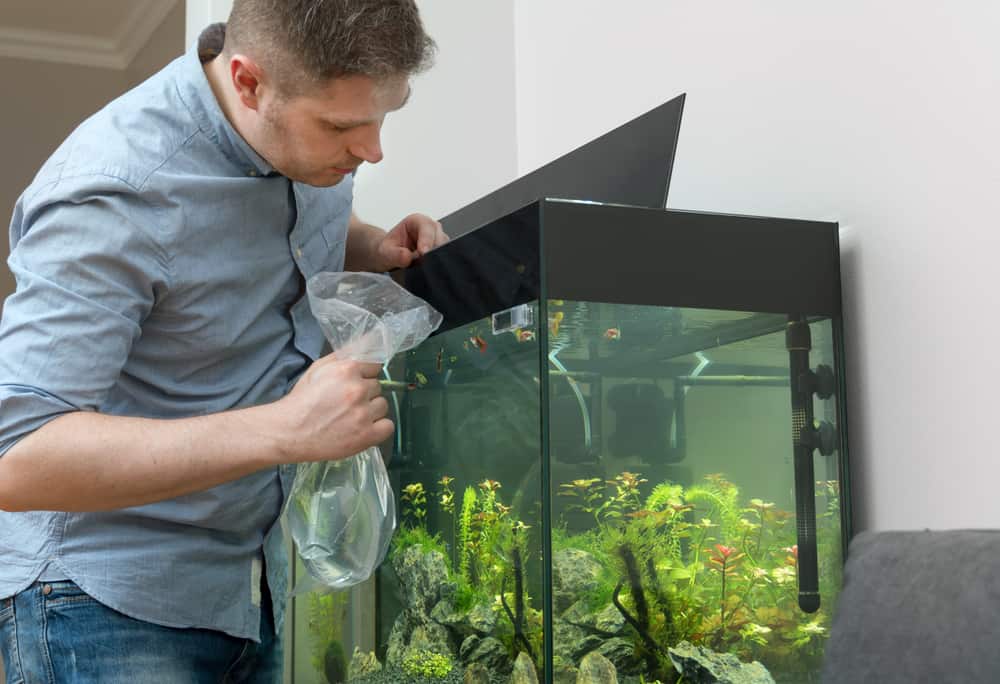
Adding new fish to an aquarium requires a lot of care, especially for the small and passive fish since they’re more prone to stress.
You will need to make sure everything is prepared for the newcomer to get used to the conditions as soon as possible.
Read on to see how you should ease your new fish into living in its new home.
How to Introduce New Fish Into a Tank
1. Make Sure the Tank Is Clean
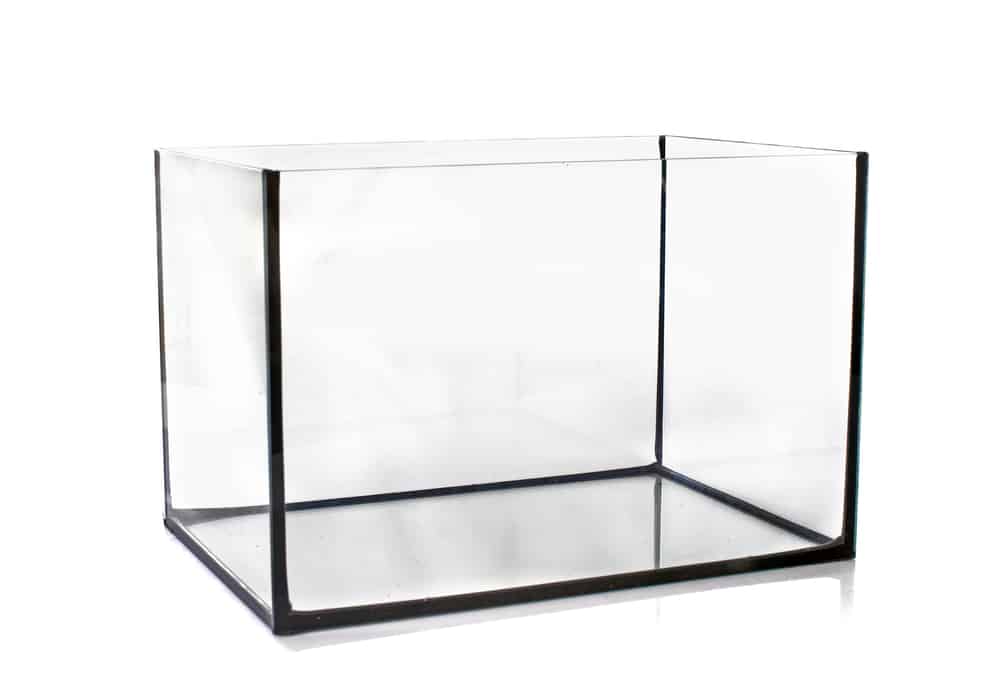
Before introducing your new fish to the tank, take out all the ornaments, and thoroughly wash the tank.
You won’t need soap or detergent since water alone can remove the dirt, bacteria, or harmful materials.
If you have gravel in the tank, put it in a colander and run it under warm water.
Stir the gravel around, mixing it several times until it’s clean and pollutant-free.
You could put the colander in a bucket to see when the water gets clear and to make sure the ornaments are completely clean.
Do the same for the other items in the tank, ensuring everything is dirt-free and ready to go back into the tank.
Place the gravel on the bottom of the aquarium and distribute it evenly to all areas of the tank.
Make sure your fish have places to explore and hide behind by putting rocks in different corners and parts of the tank.
2. Fill the Tank with Water
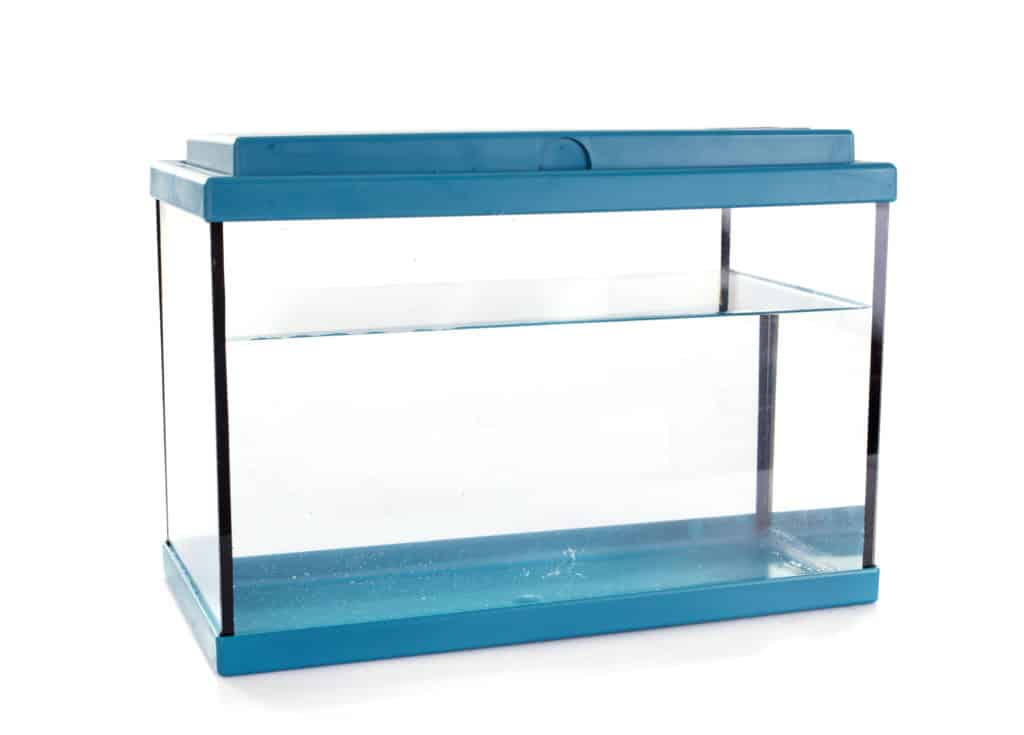
Putting a dinner plate or a saucer on top of the gravel will prevent it from moving around as you’re pouring the water.
Then, fill the tank with room-temperature water to one-third of its height, and add a water conditioner of your choice.
A water conditioner is necessary to dechlorinate the water since chlorine can seriously harm your fish.
Within 72 hours of adding the conditioner, you might see the water turn cloudy, which shouldn’t worry you.
Since there’s no chlorine in the water, some bacteria can grow faster, but this is not a big issue and will go away on its own.
3. Attach the Air Pump
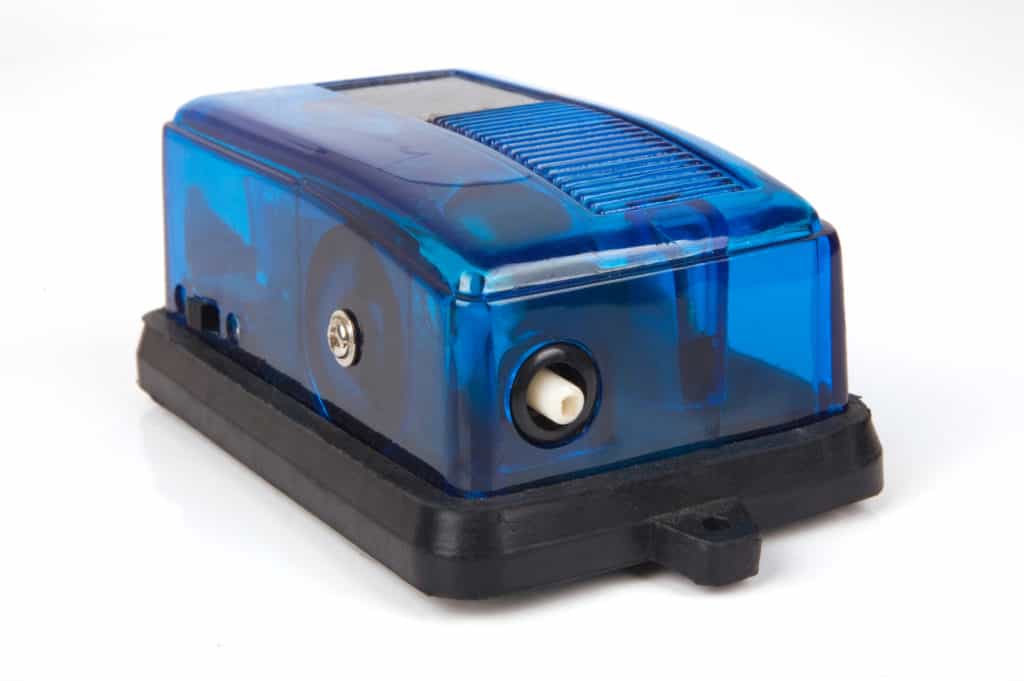
The tank needs to be adequately oxygenated, so an air pump is a must, especially when you want to introduce new fish into the aquarium.
Attach the airline tubing to the air outlets and use a check valve to hold the tube in place.
This way, you can secure the air pump under the aquarium.
By connecting the check valve, you’ll ensure the water won’t return into the tank if the power goes off.
4. Include Some Plants
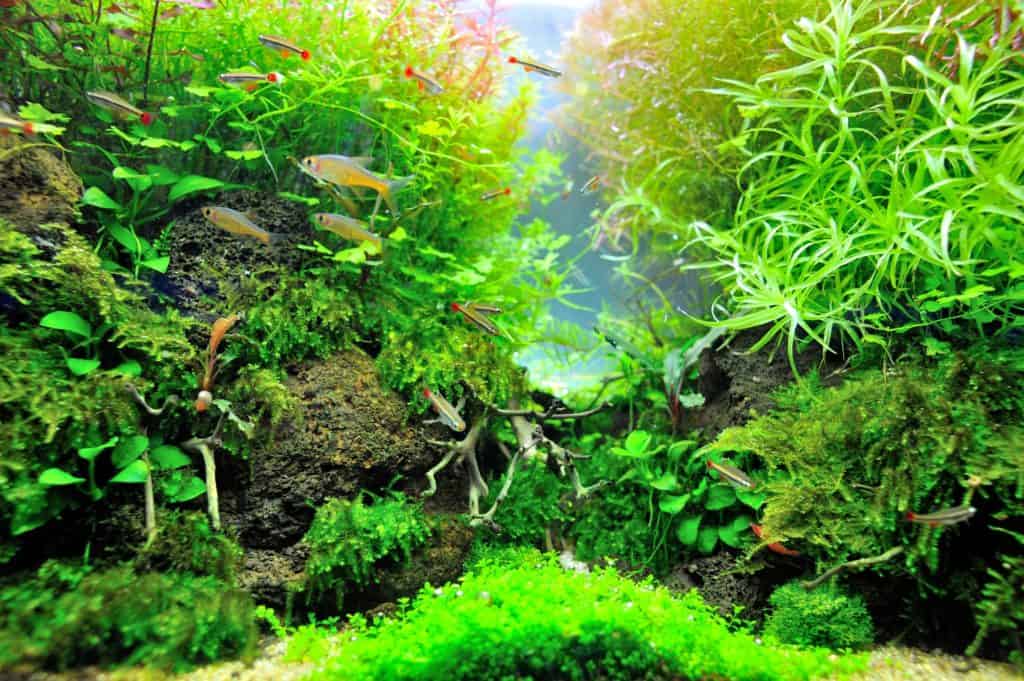
Plant life is an essential part of any fish tank.
Plants will help to oxygenate and aerate the aquarium, provide food and hiding places for the fish and reduce nitrate levels in the tank.
Moss balls, eelgrass, duckweed, water lettuce, and frogbit are among the most common aquarium plants.
They regulate the water’s chemical levels, duplicate the fish’s natural habitat, and add significantly to your aquarium’s beauty.
You can also add plastic artificial plants as camouflage for tubing and other equipment inside the tank.
When the plants are outside water, make sure they don’t lose their moisture by wrapping them in a wet cloth or newspaper.
When they’re ready to be planted, put the roots below the gravel while the plant’s crown stays above it.
Adding an aquarium-friendly fertilizer can help the plants grow better.
5. Cycle the Aquarium Water
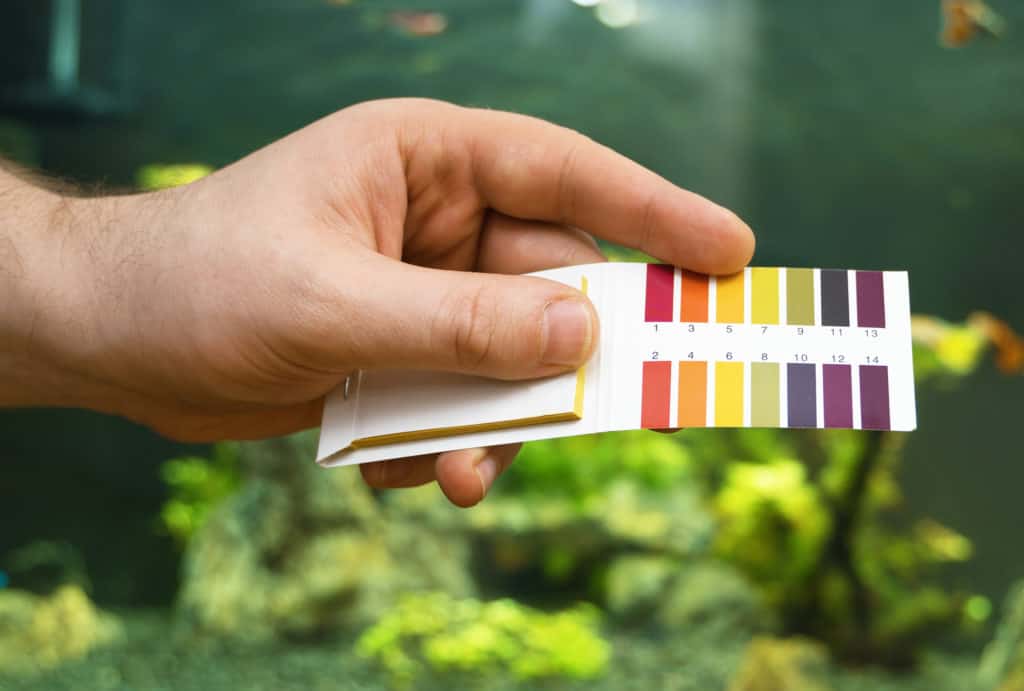
When you introduce fish into the aquarium, nitrate and ammonia start to accumulate due to fish waste.
Cycling the tank is a surefire way to eliminate the nitrate and ammonia and maintain your fish’s health.
You need this before and after introducing the new fish to create a safe and chemically balanced environment that maintains their health.
The best way to perform cycling is to buy a kit from a pet store.
The ammonia and nitrite levels will take up to six weeks to eventually reach zero.
Therefore, it is necessary to continue the cycling process for at least six weeks, long after you’ve introduced the new fish.
To make sure the water quality is suitable for your fish, test it using a water test kit available in all pet stores.
Look specifically for chlorine and pH levels.
Chlorine should be around zero since neither saltwater nor freshwater contains this chemical.
The pH level should be at the neutral point of 7, but most freshwater fish will be fine with anything between 6.8 to 7.6.
Make sure you know what pH level your new fish is comfortable with.
6. Acclimate the Fish
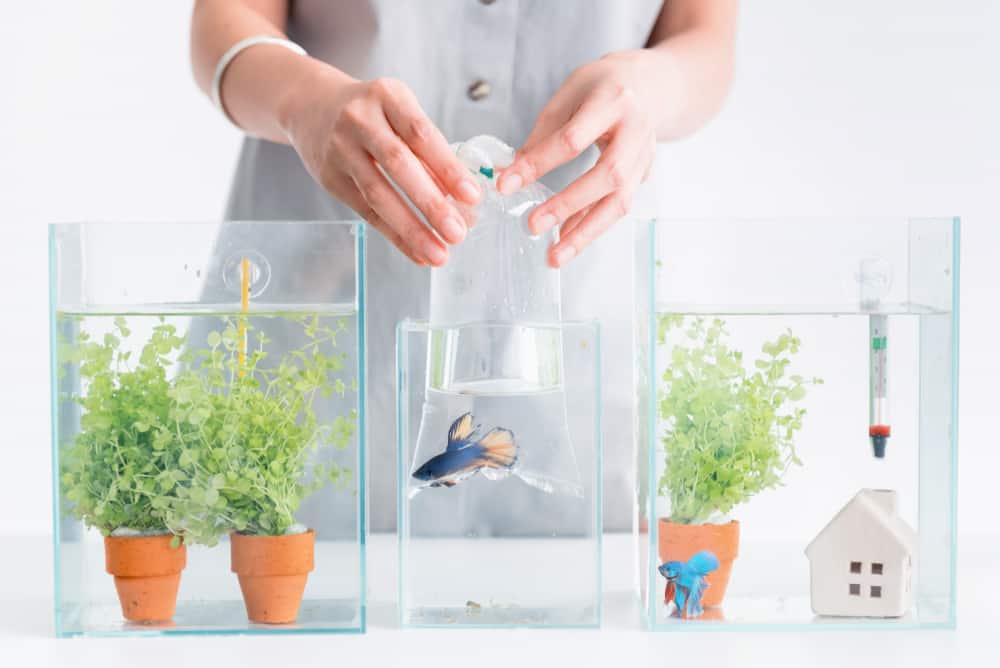
Preparing the fish tank for the newcomer is one thing, and getting the fish ready to adapt to its new environment is another.
The transport process already puts a lot of pressure on the fish with all the movements and the bag’s confined space.
To minimize stress, put the plastic bag in a dark place when you take the fish home from the store.
A change of environment is so stressful for fish that many of them die soon after entering a new aquarium.
That’s why you should avoid dumping your fish into the fish tank immediately after you take it home.
Acclimation ensures that the fish is ready to go into the tank by gradually introducing it to the tank’s water conditions.
It also prevents pests and infectious diseases from entering your aquarium.
You need a quarantine tank with five to ten gallons of capacity.
Take a sponge filter from the main tank and put it in the quarantine tank to introduce good bacteria.
It’s also a good idea to install a light in the quarantine tank plus a heater and a cover to mimic the main tank’s conditions.
Keep the quarantine tank clean and prepare it for the new arrival before buying new fish.
Put the bag on the water’s surface in the quarantine tank and wait for 15 minutes for the temperatures to adjust.
Then, pour water from the tank into the bag every five minutes for half an hour until the fish has adjusted to the new water conditions.
Don’t introduce the bag’s water into the tank since it can transfer potential parasites or illnesses.
Once the two water sources mix thoroughly, seal the bag and let it float for another 20 minutes for temperature adjustment.
To be sure the new fish is healthy, keep it in the quarantine tank for a couple of weeks before adding it to the main aquarium.
This way, if you see any signs of disease, infection, or stress, you’ll have enough space to treat the fish without affecting the others.
During this time, you should do a water change to help the new fish get used to chemicals like nitrates.
Ideally, you’ll want to replace 25–30 percent of the tank water with dechlorinated water.
Then, check the nitrate balance by cycling through the water using the filter.
Now, the fish is ready for the big move.
7. Add the New Fish to the Tank
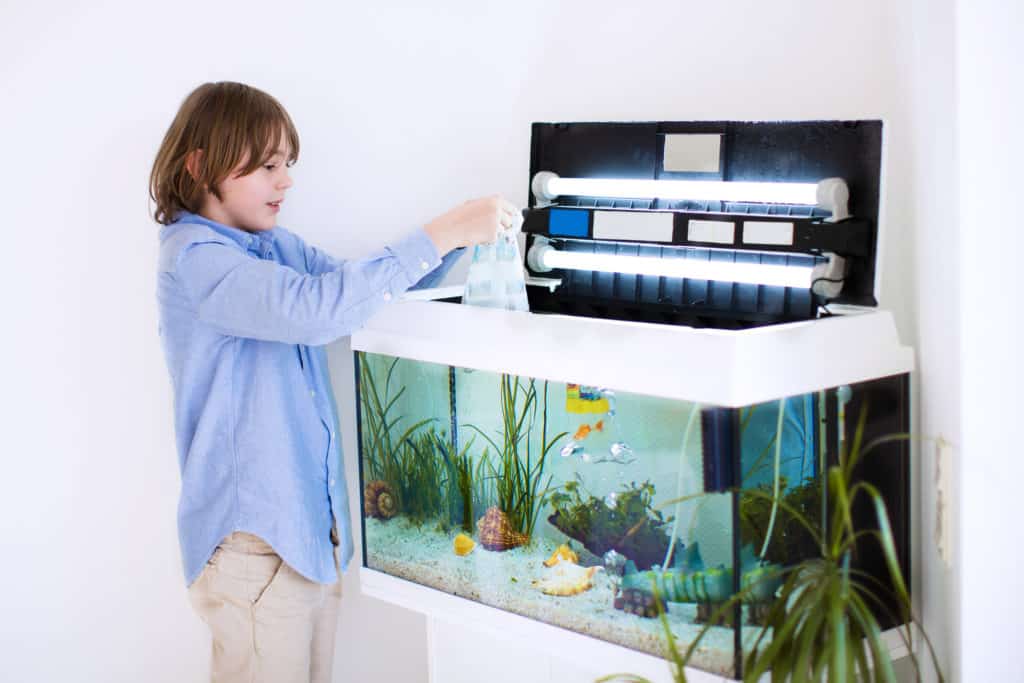
Now that the fish is acclimated to the water’s chemical conditions, it’s time to prepare its physical space.
Turn off the main tank’s lights before adding the fish to reduce stress levels in the environment.
Provide plenty of hiding places by adding plants and rocks for the new fish to hide under until it gets used to the new place.
If your tank already has other fish, prepare them for the new addition, as well.
Ensure they’re well-fed, so they don’t start harassing the newcomer.
You could also distract them by shuffling the ornaments and accessories around.
This way, you’ll rearrange any previously marked territories and help the new arrival enter the aquarium on equal terms.
Now, you need to acclimate the fish into the main tank to help it adjust to the new place.
Fill a bag with the main tank’s water and put the fish inside.
Next, put the bag on the tank’s surface to reach the same temperature.
If you have more than one new fish, try to add them to the fish tank in small groups of two to four.
This way, you’ll make sure the existing fish accept the newcomers more easily.
Take the acclimated fish out of the quarantine tank using a fish net and gently release it into the aquarium.
Regularly monitor the new fish for any signs of stress, illness, or harassment by other fish.
After some time, your new addition will adjust to its new home and co-exist happily with its tank-mates.
8. Feed the New Fish
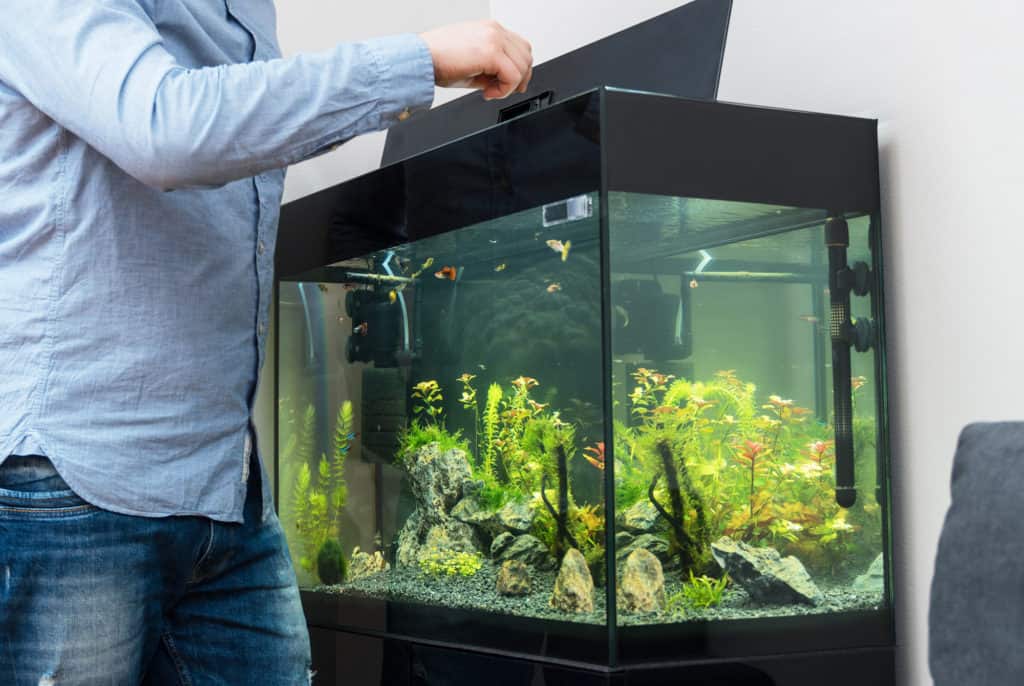
No matter how much care you put into introducing the new fish, they’ll look stressed and unhappy for some time.
Don’t try to feed them immediately after entering the tank.
Leave them overnight with the lights off to give them some time to adjust.
Essential Tips for Buying New Fish

Before you decide to buy new fish for your aquarium, talk to a vet or an expert to make sure the fish is compatible with your aquarium and its ecosystem.
If your tank is new, you should look for hardy fish to adapt to the nitrogen cycle.
Make sure you consider the fish’s gender and other nuances before making a purchase.
Some fish have to be in pairs, while others prefer to be alone.
The male-to-female ratio is also vital.
With some fish, such as guppies, you need two females for each male.
The number of fish you can keep in the tank will depend on its size and the characteristics of the fish.
Some fish are strongly territorial, and some will react negatively to overpopulated fish tanks.
If you have a mix of small, big, passive, and territorial fish to introduce to the tank, start with the small and passive ones.
This way, you’ll help them adjust better and mark their territories before the aggressive ones enter the tank.
When you go to the aquatic pet store, pay close attention to how they’re keeping the fish.
Overpopulated tanks or dead fish in the tanks are the warning signs.
Dead fish isn’t a bad sign per se since it’s inevitable.
However, if the store clerks don’t remove them quickly, diseases will spread, and ammonia levels will increase.
This makes acclimating your new fish harder.
Check the fish carefully for any signs of illness like flaking scales or unusual discolorations.
Always keep the fish in a quarantine tank for a few days because some diseases need time to manifest.
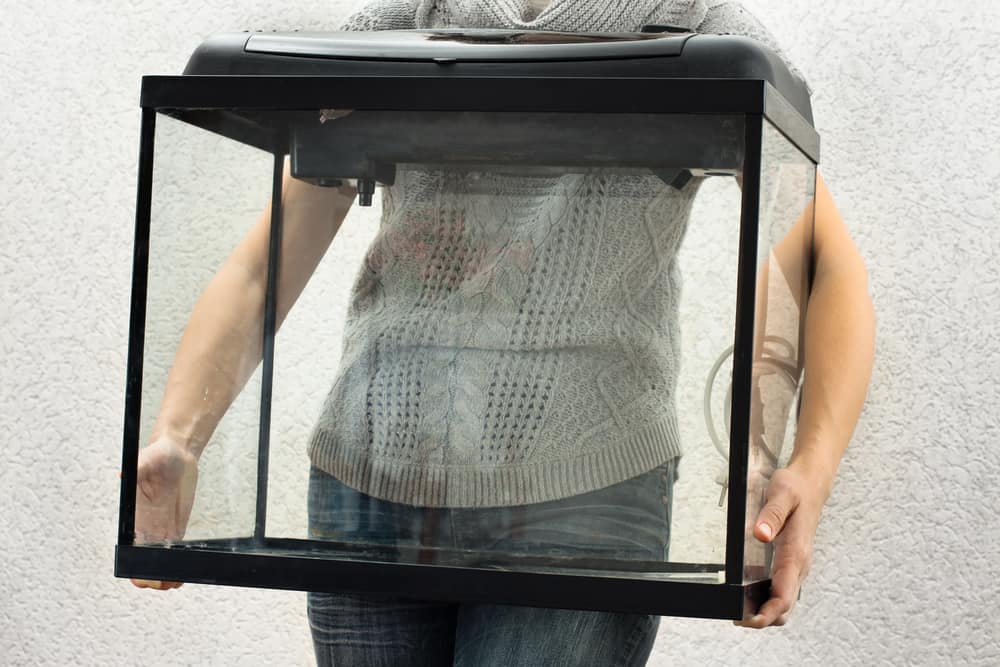
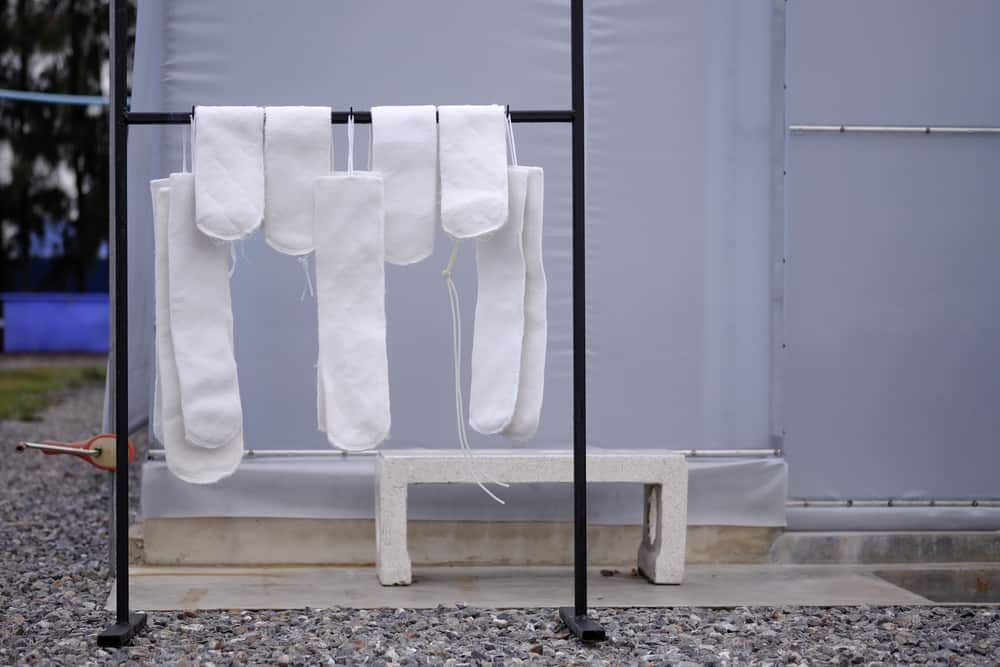
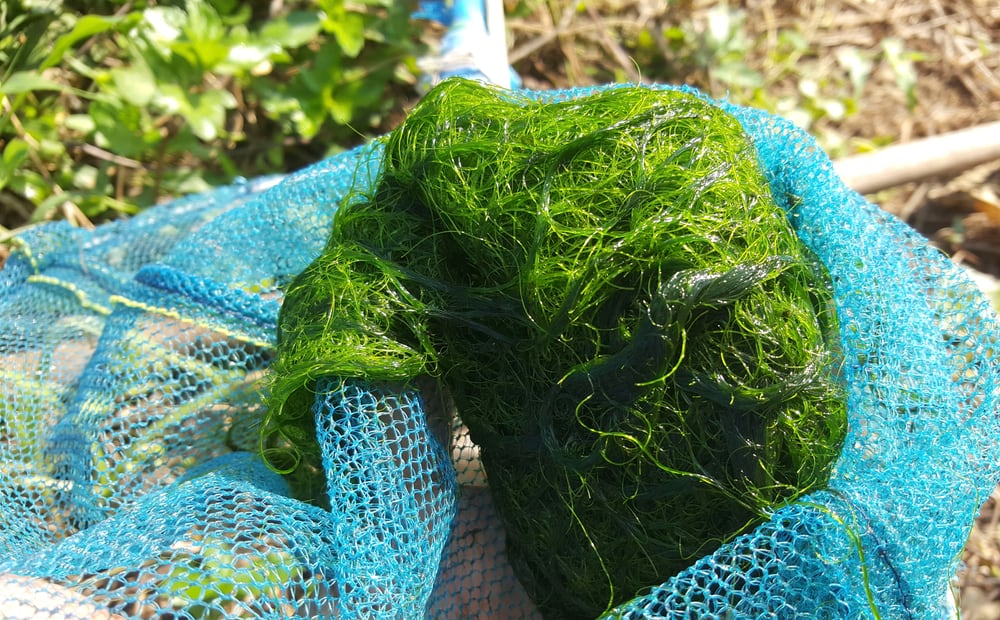
Leave a Reply
You must be logged in to post a comment.